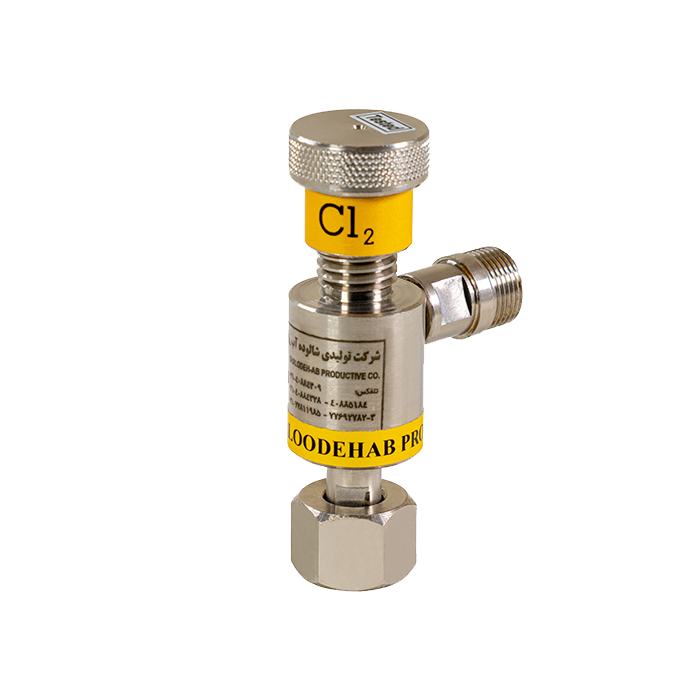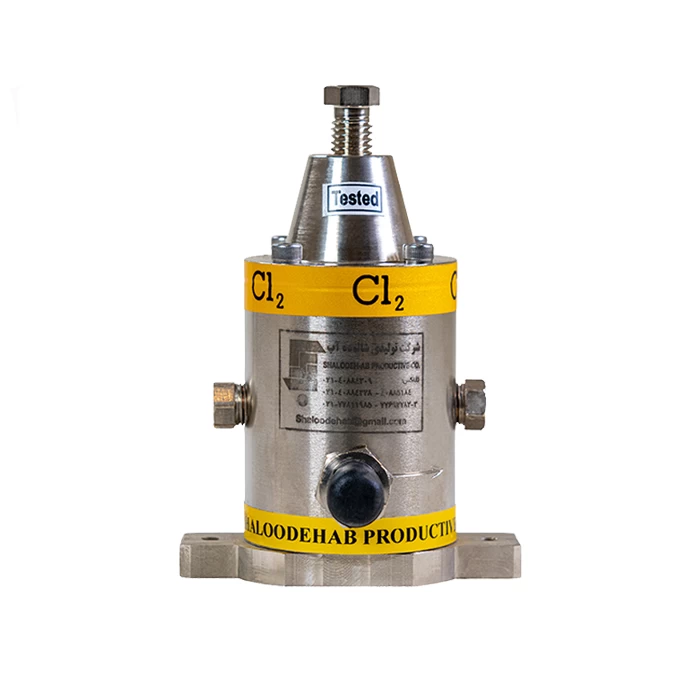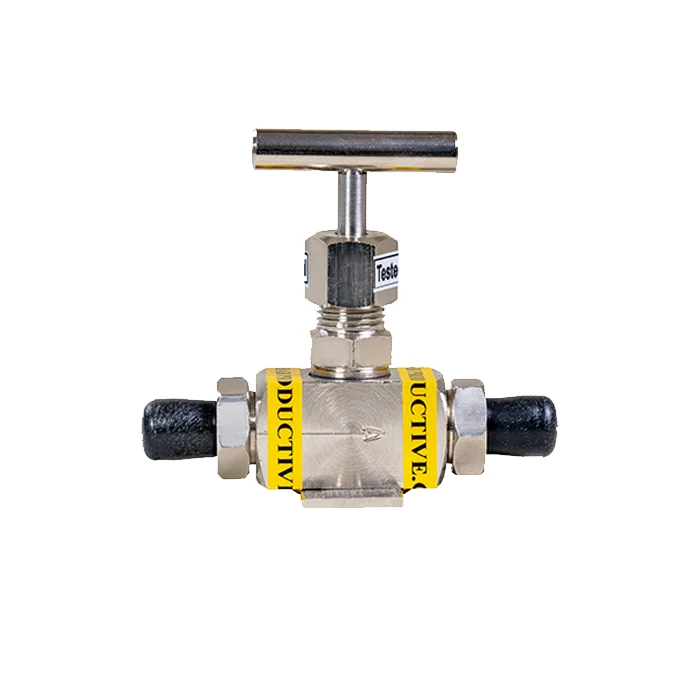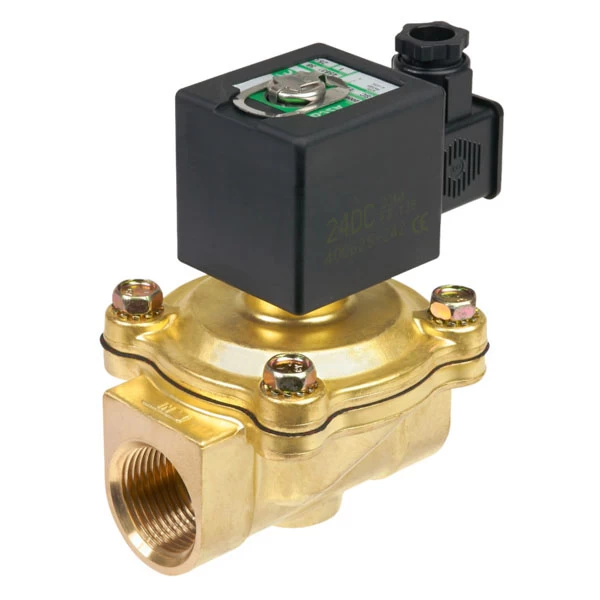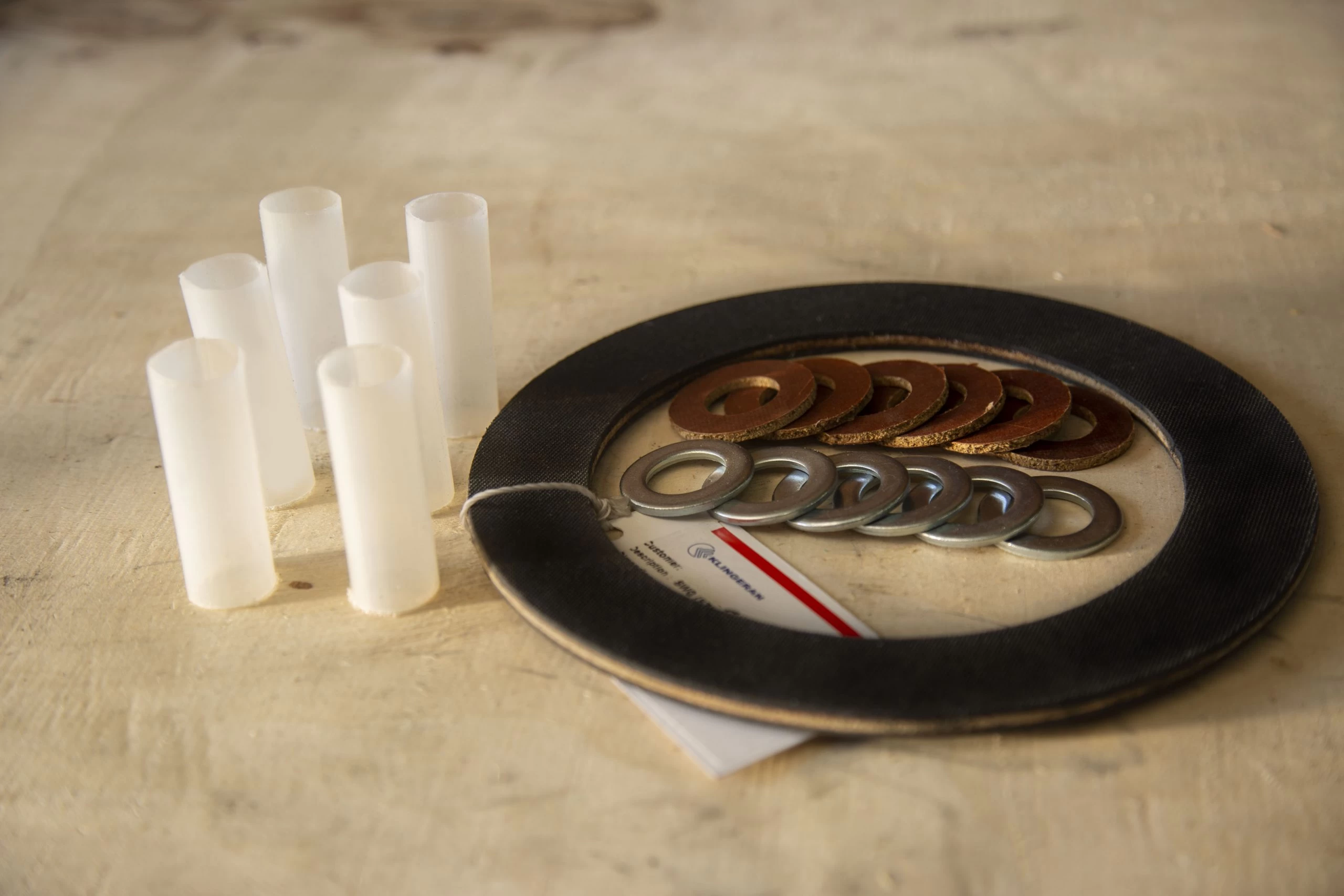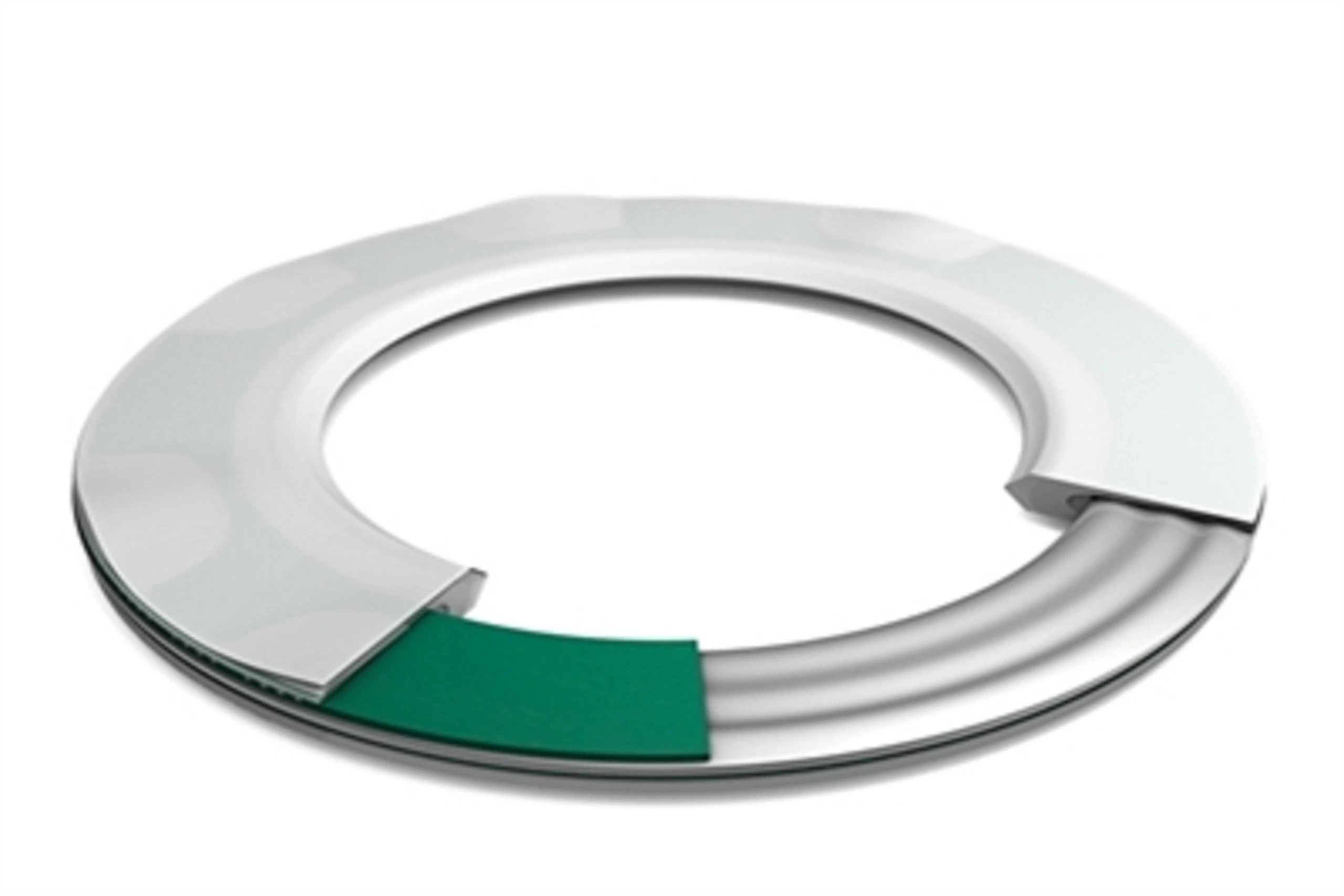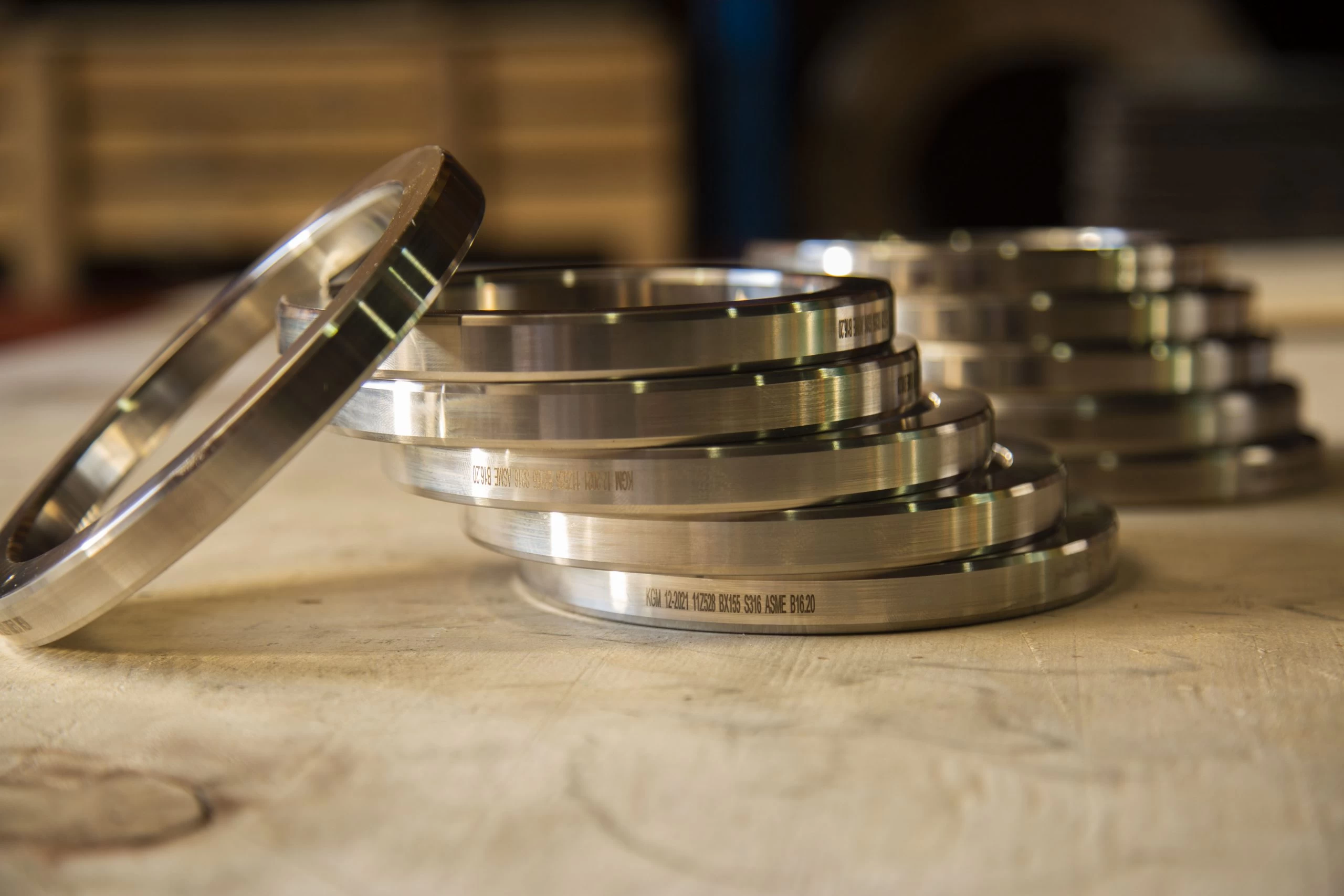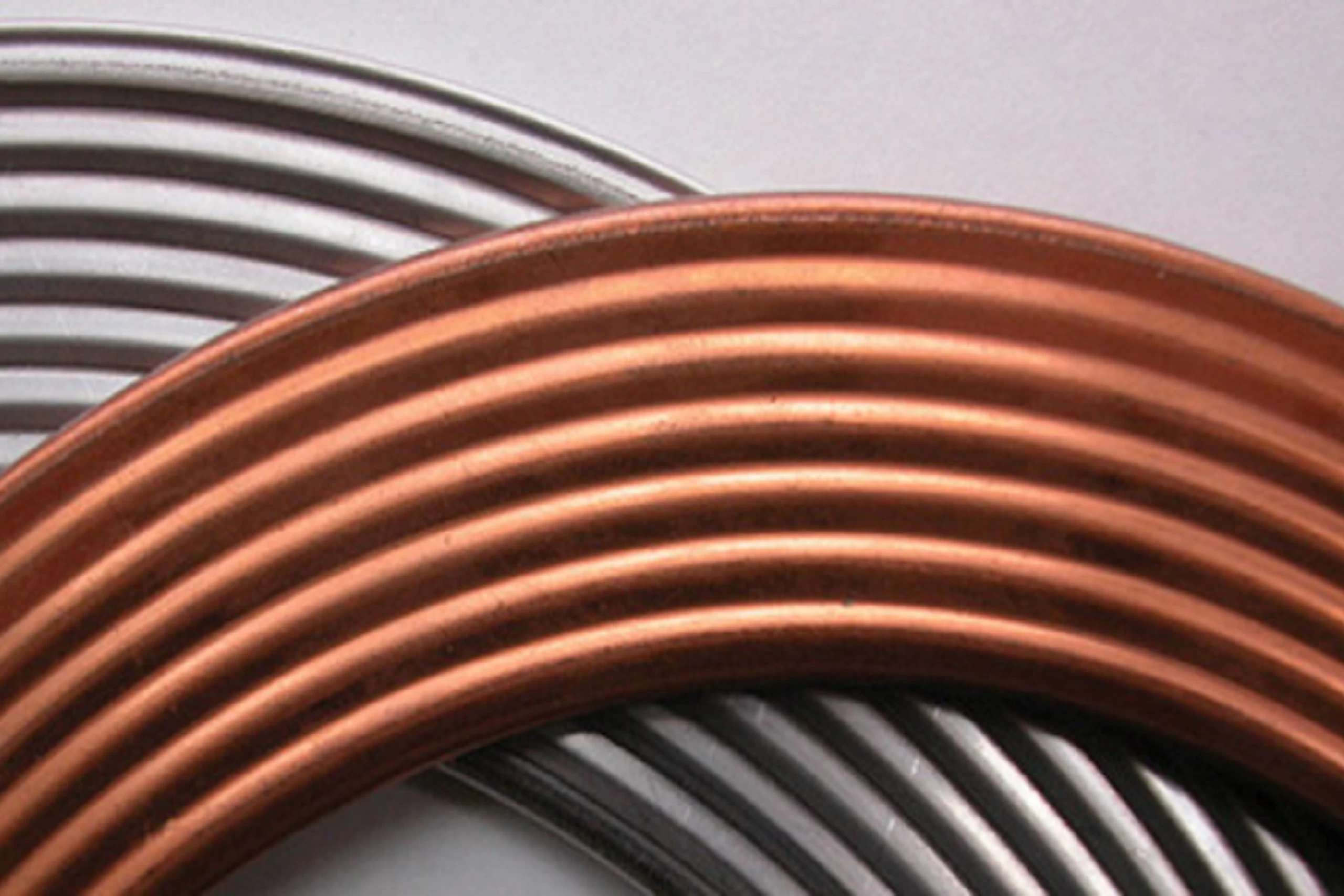The auxiliary valve is a needle valve that is installed on the tank valve in chlorination systems to protect the pipeline, and the flexible pipe is connected to it. In this way, by closing the auxiliary valve as a means to cut off the flow of chlorine gas or liquid when changing full and empty tanks, it is possible to prevent the entry of air moisture into the pipe and the corrosion caused by it, as well as the possibility of stopping and connecting the flow of chlorine from, Facilitates the capsule.
They are pressure controlled normally closed two way valves, designed to assure that one circuit is pressurized before a second one. They control the sequence of two or more cylinders or motors, while maintaining pressure on the actuator which has moved first.
Aux Air Valve FAQ. The valve is opened when cold to bypass extra air around the throttle plate to keep the idle up to spec while the oil is thicker. It's action is very similar to fast idle solenoid on a carb. Note: the aux air valve does not effect the fuel injection air/fuel ratio.
Control valves in hydraulic systems can be broadly categorized into three main types: directional control valves, pressure control valves, and flow control valves. Each type serves a specific purpose in regulating hydraulic fluid within the system.
Auxiliary steam stop valve. An auxiliary steam stop valve is a valve usually connected directly to the boiler for the purpose of shutting off the steam from the auxiliary lines (including the whistle lines).
Series of miniature ball valves with cast body, manually operated and with reduced dimensions. In line mounting they work to close or open the flow in both directions.
 +7929688-88-14
+7929688-88-14

 English
English
 Persian
Persian
 Russian
Russian
 Chinese
Chinese


 +7929688-88-14
+7929688-88-14

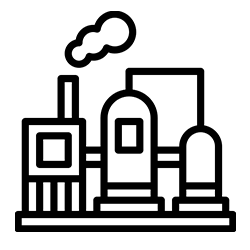 Industrial Valves
Industrial Valves

